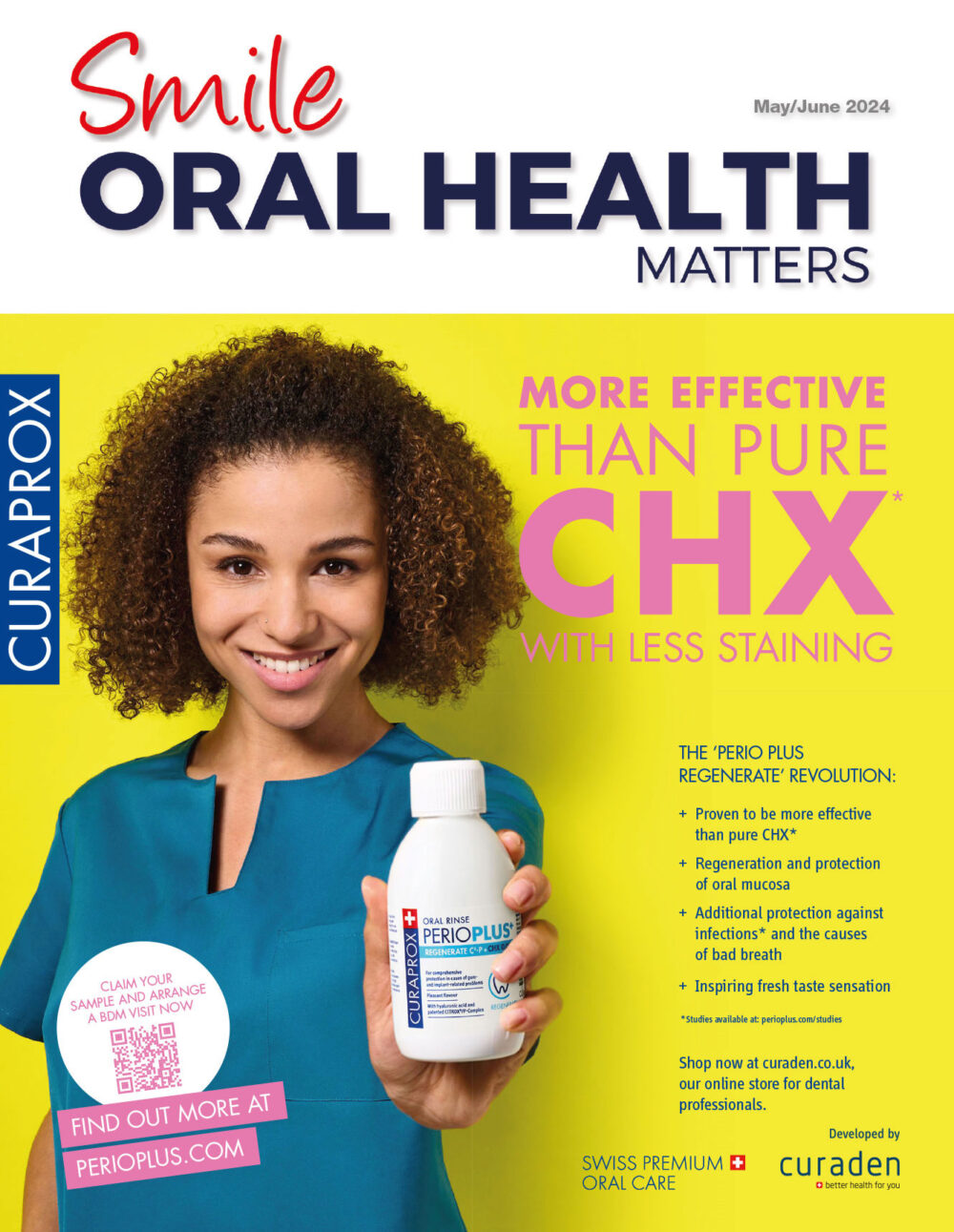 Dental researchers are constantly seeking solutions to problems faced in the profession, with technological and biological innovations over recent years spurring on progress. One area which is able to have a big impact on dental health is the advent of bioactive glass. With the increase in popularity of minimally invasive and biomimetic techniques and procedures, the demand for biologically compatible materials is set to continue to rise. Ultimately, the use of such materials will result in improved outcomes for patients, minimising the risk of complications and the body rejecting foreign materials. It’s important to explore how this material came to be, how it has evolved for use in dentistry, and what its impact might be going forward both for patients and the profession.
Dental researchers are constantly seeking solutions to problems faced in the profession, with technological and biological innovations over recent years spurring on progress. One area which is able to have a big impact on dental health is the advent of bioactive glass. With the increase in popularity of minimally invasive and biomimetic techniques and procedures, the demand for biologically compatible materials is set to continue to rise. Ultimately, the use of such materials will result in improved outcomes for patients, minimising the risk of complications and the body rejecting foreign materials. It’s important to explore how this material came to be, how it has evolved for use in dentistry, and what its impact might be going forward both for patients and the profession.
The history
In 1969, Professor Larry Hench (University of Florida), was inspired by a US army colonel who had just returned from war to create a material that could bond to bone. At the time, the only implant options available for this purpose were made from metal or polymers which were incompatible with the biology of the body. Professor Hench developed a material termed Bioglass – comprised of silicon dioxide, sodium oxide, calcium oxide, and phosphorus pentoxide – which had the ability to form a strong bond with bone and precipitate hydroxyapatite.[i]
This composition forms the basis for Bioglass, to which other minerals may be added for specific purposes. For example, in dentistry, fluoride ions may be introduced to induce the formation of fluorapatite, which is more acid-resistant than hydroxyapatite. This makes the addition of fluoride an important part of bioactive glass use in dental applications due to the neutralising benefits it provides to dental structures.[ii]
The science
In order to appreciate how bioactive glass might benefit your patients, it is useful to understand how it works. When placed at the problem area, bodily fluids hydrate the bioactive glass and initiate a conversion reaction. Following this, a thin layer of hydroxyapatite (or fluorapatite if fluoride is included) forms over the surface of the teeth, thickening over time.[iii] This coating helps to protect the teeth against the impact of acid attacks from food and drink consumed throughout the day, therefore reducing the risk of enamel wear and caries development – two key issues faced by patients today.
It is also helpful to have an understanding of the properties of bioactive glass, being biocompatible, non-toxic, and chemically stable in the body, making it an excellent option for many patients. Bioglass also has antimicrobial properties, creating an unfavourable environment for bacteria to grow, making it useful for fighting bacterial infections, including when used as a dental implant coating.[iv]
The impact
Due to its antimicrobial and bioactive benefits, Bioglass has been implemented in a range of clinical applications including spinal implants and tissue engineering. In dentistry, bioactive glass was first used in bone replacement, maxillofacial reconstruction, and implants, in addition to its uses as a restorative material, dental adhesive, enamel regeneration solution, and as part of dental hypersensitivity treatment.[v]
When applied regularly to the teeth, through a toothpaste for example, bioactive glass offers patients excellent benefits. The acid-resistant fluorapatite coating over the teeth acts as a line of prevention against the sugars and acids encountered in everyday food and drink – enabling patients to enjoy a balanced diet without the worry that their teeth will suffer the consequences.
BioMin® F is an advanced toothpaste, formulated with a revolutionary bioactive glass that strengthens and protects tooth enamel. Its extra fine particles bond to the tooth surface, gradually releasing low levels of fluoride over 12 hours for long-lasting protection. This bioactive glass responds to changes in oral pH – reacting when exposed to acidic or sugary foods – to rapidly release essential minerals and neutralise acidity, reducing the risk of tooth decay.
In order to best provide your patients with oral care solutions that work for them, it’s important to consider their biology and the ways in which the toothpaste they use might better help to protect their teeth and prevent decay. Bioactive glass is an exceptional technology that harnesses the minerals needed for strong teeth and bones and releases them in the presence of acid, complementing the patient’s biology for long term protection.
For more information about BioMin®, and their innovative range of toothpastes, please visit www.biomin.co.uk, or email marketing@biomin.co.uk.
Calling all dentists! Do you want samples or a practice visit? Speak to our UK dealers, Trycare on 01274 88 55 44 or email: dental@trycare.co.uk, or CTS on 01737 765400 or email: sales@cts-dental.com
Author: Alec Hilton: CEO | BioMin Technologies ltd
[i] Singh, Shruti, et al. “Bioglass: A new era in modern dentistry.” European Journal of General Dentistry 11.01 (2022): 001-006.
[ii] Singh, Shruti, et al. “Bioglass: A new era in modern dentistry.” European Journal of General Dentistry 11.01 (2022): 001-006.
[iii] Singh, Shruti, et al. “Bioglass: A new era in modern dentistry.” European Journal of General Dentistry 11.01 (2022): 001-006.
[iv] Singh, Shruti, et al. “Bioglass: A new era in modern dentistry.” European Journal of General Dentistry 11.01 (2022): 001-006.
[v] Singh, Shruti, et al. “Bioglass: A new era in modern dentistry.” European Journal of General Dentistry 11.01 (2022): 001-006.













